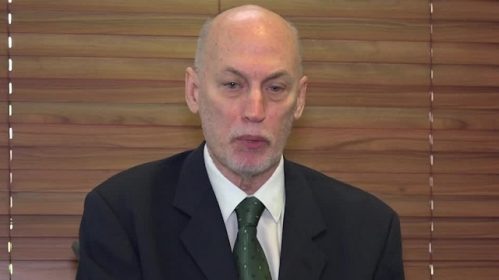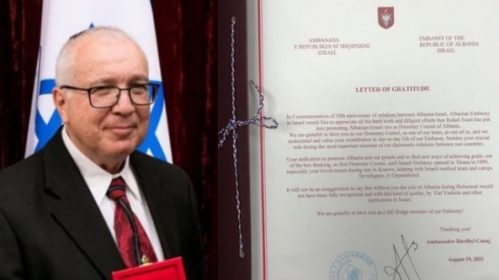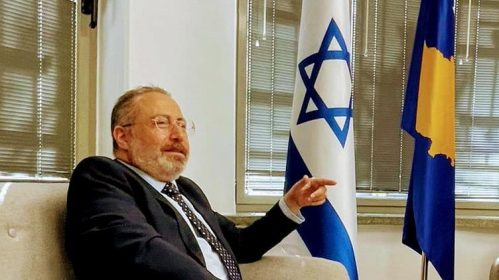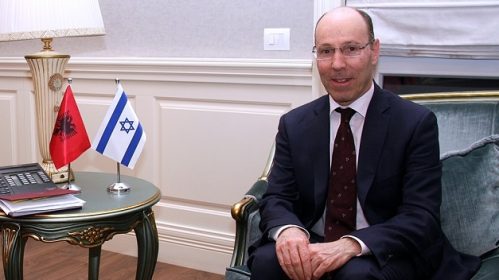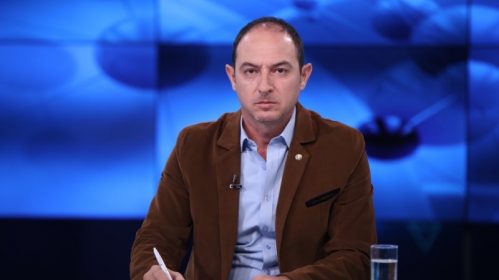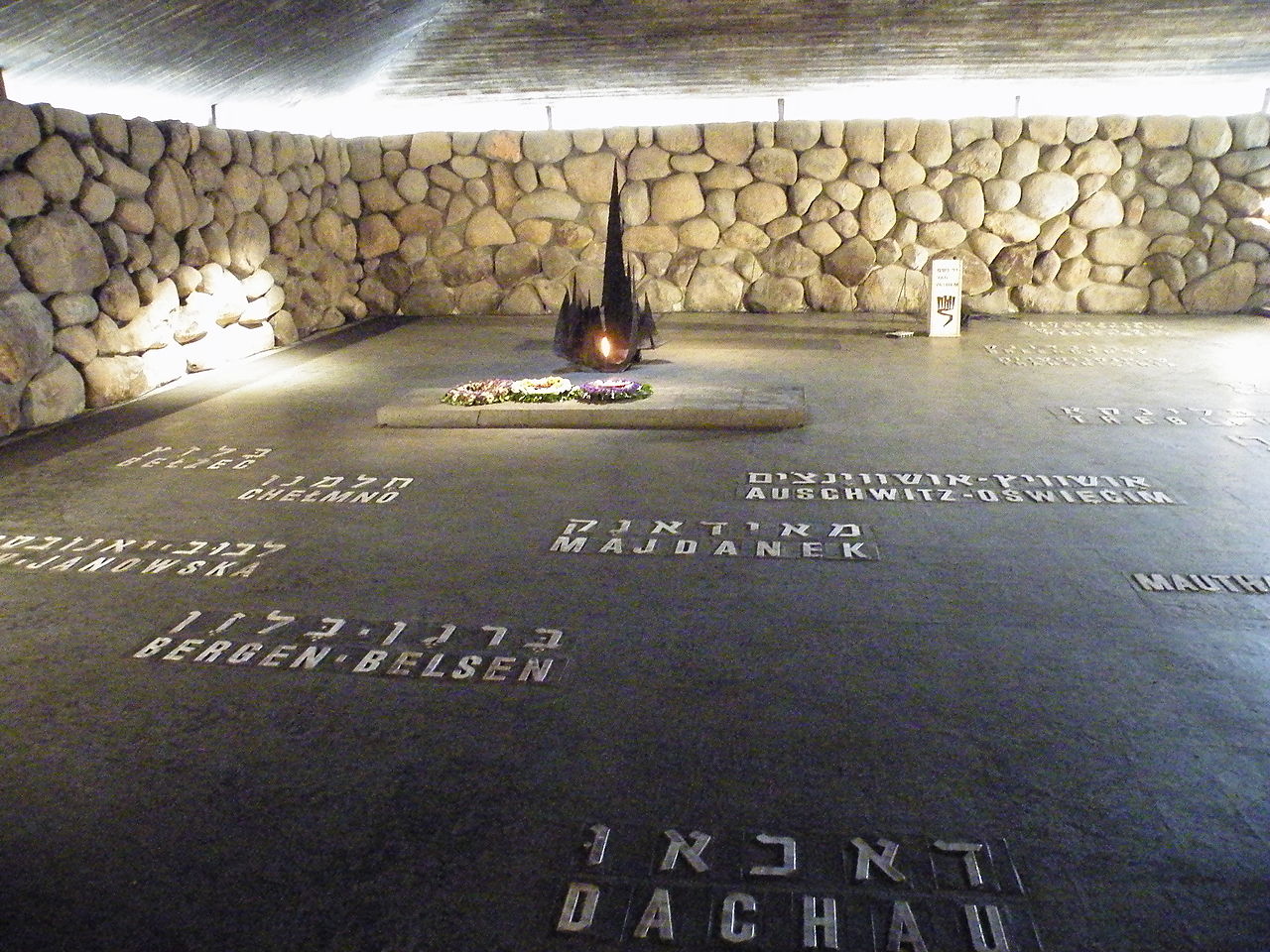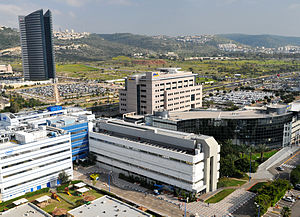By Saimir Lolja
The World War II in Europe began with the invasion of Albania by the Italian Army on 7 April 1939. As a result, Albania lost its independence to become officially a protectorate of the Kingdom of Italy and existing as an autonomous part of the Italian Colonial Empire. The independence of Albania was de jure reestablished in October 1943. Albania was de facto an occupied country by Italian or German Armies that had unlimited authority on it throughout WW2. The German, Italian and Hungarian Armies occupied ex-Yugoslavia in the period of 6-17 April 1941. From April 1941 to November 1944, most of the Albanian-inhabited areas that had been previously taken away from Albania and given to the Kingdom of Yugoslavia joined Albania. The province of Kosova was organized in the Prefectures of Mitrovica, Prishtina, and Prizren. The county of Ulqinj (in Montenegro) became part of the Prefecture of Shkodra; the county of Tetova (in Macedonia) became part of the Prefecture of Prishtina, and so on. Only the Southern Albanian Province of Çamëria (occupied by Greece in March 1913) did not become yet part of Albania throughout WW2.
Documents from Albanian archives recently published help for an accurate view of what happened in the province of Kosova for the duration of WW2. The Prefectures of Albania in the period of WW2 were complementing segments of the overall salvation of Jews from Albanians during the Holocaust and cannot be disjointedly comprehended. For instance, the main channel for Jews pouring into central Albania was that starting from the Prefecture of Prishtina. The Prefectures of wartime Albania had not even a Jew wearing any badge or sign that would distinguish him or her.
The German Army occupied all Italian sectors after the capitulation of the Italian Army on 8 September 1943. Until that date, the Italian Army covered the Kosova region, except Mitrovica sector, actually the mine of Trepçe that was covered by the German Army. Without that mine, the Reich III military industry could not keep the war machine moving on. The head post of the German Army was in the town of Vushtri, 27 km away from Prishtina, the capital of Kosova. The German and Italian Armies had an agreement that allowed the German Army to enter the Italian sectors in Kosova anytime and without any permission. Within ex-Yugoslavia, Kosova was part of Serbia.
The anti-Semitism was well spread in Serbia before WW2 and supported by politics, Army officers and Serbian Orthodox Church; it flourished in wartime. On 20 January 1942, a meeting of senior officials of the Reich III took place in the Berlin suburb of Wannsee. It has been known since as the Wannsee Conference that specifically made a decision for completing “the final solution to the Jewish question”. It assigned the numbers of Jews that should be exterminated in each of the European countries. Within three months and without German interference, the Serbian state and Chetniks completed the task to make Beograd the first “Judenfrei” city in Europe and liquidated almost all Jews in Serbia. Jews who could escape the holocaust in Serbia were bringing with themselves into Kosova the dreadful message of the holocaust conscientiously performed by Serbian state and Nazis. The resident Jews of Kosova lived in towns and numbered 409 persons (the list is available). The Italian Army gathered resident Jews of Kosova and those caught as escaping the holocaust in ex-Yugoslavia and other countries into its military camp of Prishtina. It is the same spot of today where there is the Faculty of Philology of the University of Prishtina.
The Italian Army had gathered more than 3000 Jews in that camp. Jews in Kosova were in a non-stop danger by Nazis and Serbian butchers, and were not free to move in the open. The only survival option was to move deeper into Albania. Albanians did whatever they could and what their governmental authority was allowed to help. Apart from the Albanian officials in the central administration in Tirana who organized the rescue of Jews from the Prefecture of Prishtina, the Albanian officials in the Prefecture of Prishtina mentioned in this instance were: Riza Drini, Prefect of Prishtina 1941-1942; Hysen Prishtina, Prefect of Prishtina 1942-1944, Preng Uli, Secretary of Prishtina Town Hall, 1941-1944, and Dr. Spiro Lito.
By fearing that sooner or later the German Army would lethally deal with Jews in the Italian military camp of Prishtina, Halim Sh. Spahija, Arsllan Mustafa Rezniqi, Kol Biba, Hysen Prishtina, Preng Uli, Hasan Rrem Xerxa and Dr. Spiro Lito accomplished a plan. The Prefect of Prishtina, Hysen Prishtina, and Secretary of Prishtina Town Hall, Preng Uli, declared the camp infected by typhus. Then, Halim Sh. Spahia transported almost all “infected” Jews by trucks or busses to Kruma, Kukës, Burrel, Tirana, Durrës, Berat, Vlora, etc.
A few Jews did not want to go and those who were still there when German Army reached the camp in September 1943 sealed their own fate. Only through official channels, Jews were sent from the Prefecture of Prishtina to central Albania in groups of dozens and hundreds. Since the transfers were in haste, it is common to see Albanian archival documents written in Italian or Albanian languages with lists of names associated with the number (only the number) of the family members accompanying that name.
Halim Sh. Spahia and brothers were businessmen from the town of Gjakova. They used the buildings of their business in Kukës, Kruma, Prizren, Tirana and Durrës to house relocated Jews before they found safe houses in the Albanian towns and villages or safe ways to travel by sea from Durrës to safer countries. Arsllan Mustafa Rezniqi built another house in his court to house Jewish families. His family rescued 42 Jewish families. In 2008, he received the title of “Righteous Among the Nations” from Yad Vashem. Arif Musa Aliçkaj, was an employee of the Town Hall of Deçan. Like Preng Uli, he made and issued false passports or documents for Jews of ex-Yugoslavia by registering them as Bosnian. With such documents, they traveled south to safer locations in Albania.
Hasan Rrem Xerxa from Gjakova transported with his car Jews from Shkup to Deçan and deeper to Albania. Other Albanian families who sheltered Jews in Kosova until they ensured their safe journey to inner Albania are the following: the families of Bajram Voca and Sejdi Sylejmani in Mitrovica, the family of Sabit Haxhikurteshi in Prishtina, the families of Ruzhdi Behluli and Riza Çitaku in Gjilan, the families of Hasan Shala Mullashabani and Asim Luzha in Gjakova, and the Belegu family in Peja. Those rescuing transfers have been mentioned in the publications of Harvey Sarner, Martin Gilbert, Ariel Scheib, Gavra Mandil, etc. Some typical examples from the Central Archive of Albania (CAA) follow. There is a document (F.152, V. 1942, D. 319) containing a group of 551 Jews relocated from the Prefecture of Prishtina to Berat in 1942.
The document has the names of 87 individuals and 94 heads of families “con la famiglia – associated with their own family”. In a document of 30 March 1942, the Internal Ministry of Albania ordered the Prefects in the “liberated lands” to reposition all Jews of their districts into “old Albania”. On 1 April 1942, the Internal Ministry of Albania ordered the Prefecture of Prizren to send all its Jews to a gathering field for all Kosova and those, together with 69 Jews in the prison of Prishtina, were soon relocated to Kavaja, Burrel, Kruja, and Shijak. On 5 April 1942, a group of 100 Jews arrived in Berat.
Some days later, 79 Jews from the town of Peja arrived in Preza, near Tirana; and so on. Another rescuing example is a list of 256 Jewish families, totaling 860 persons, who temporarily sheltered in Kosova before being relocated to central Albania in the period 1942-1943. This comprehensive list comes as a courtesy of the Friendship Association Kosova-Israel “Dr. Haim Abravanel”. There is another list of 55 ex-Yugoslavian Jews that on the pages 101-102 of the book “Jevreji Kosova i Metohije, Beograd, 1988” by P. D. Ivanov had been reported as transported from Prishtina to the concentration camp of Bergen- Belsen in 1944. In fact, the documents in the Central Archive of Albania prove that they survived the holocaust by being relocated into central Albania.
This information with broad archival references was published for the first time in the book “Jews in Albania: The Presence and Salvation, Naimi, Tirana, 2009; pages 297-301” by Shaban Sinani. After the capitulation of Italian Army on 8 September 1943, Albania de jure reestablished its independence on 16 October 1943 and declared to be neutral. De facto, the war atrocities, military operations and fighting continued without interruption, though Reich III and its passing Army recognized the independence and neutrality of Albania. As a flash, things looked better and 185 Jews from Prishtina, who were safely residing in Berat went as families back to Prishtina.
When they arrived there, they found themselves trapped; some could return with time to Berat while others remained in hiding. Khaim Adizhes (heading the Jewish Community in Prishtina after the war) that time was a small boy who returned to Prishtina with his family. According to his testimony, at a time when German Army was making massive arrests, Serbian neighbors spied on them. As a result, many Jews were arrested and the rest could escape to inner Albania. Those arrested were sent to the camp of Sajmishte near Beograd and later to the concentration camp in Bergen-Belsen. A few of them survived the war and Khaim Adizhes was one of them. The arrests and transportation to Sajmishte camp occurred in May or June 1944. Khaim Adizhes and his family were not in the “Transportenliste” of August 1944 from Prishtina to the camp of Sajmishte.
As a conclusion, the salvation of Jews in Kosova was not different from that in Albania. They were complementing parts of the overall salvation of Jews from Albanians and cannot be separately understood. Jews were totally rescued by the Albanian governments and population in the entire Albania of WW2. When the German Army entered Kosova in September 1943, almost all Jews of Kosova were already relocated to inner Albania.
An acknowledgement comes from the Encyclopedia “Pinkas haKehillot Yavan, Yad Vashem, 1998, p. 413-425” in writing that Germans requested from the Albanian administration in Spring 1944 the list of Jews and permission to act on them. The Albanian administration did not supply the list and also declared that the Jewish community was an internal Albanian affair and gave no permission for acting against Jews. Albanians saved Jews wherever they had jurisdiction on Albanian lands. Chameria (Çamëria) was not part of Albania during WW2 and Jews terribly suffered there, though many could reach Albania and survived the holocaust. If Çamëria had been part of Albania, all Jews would have been rescued there. Absolutely.
http://www.zemrashqiptare.net/news/id_22599/Saimir-Lolja:-The-rescue-of-Jews-in-Kosova.html






